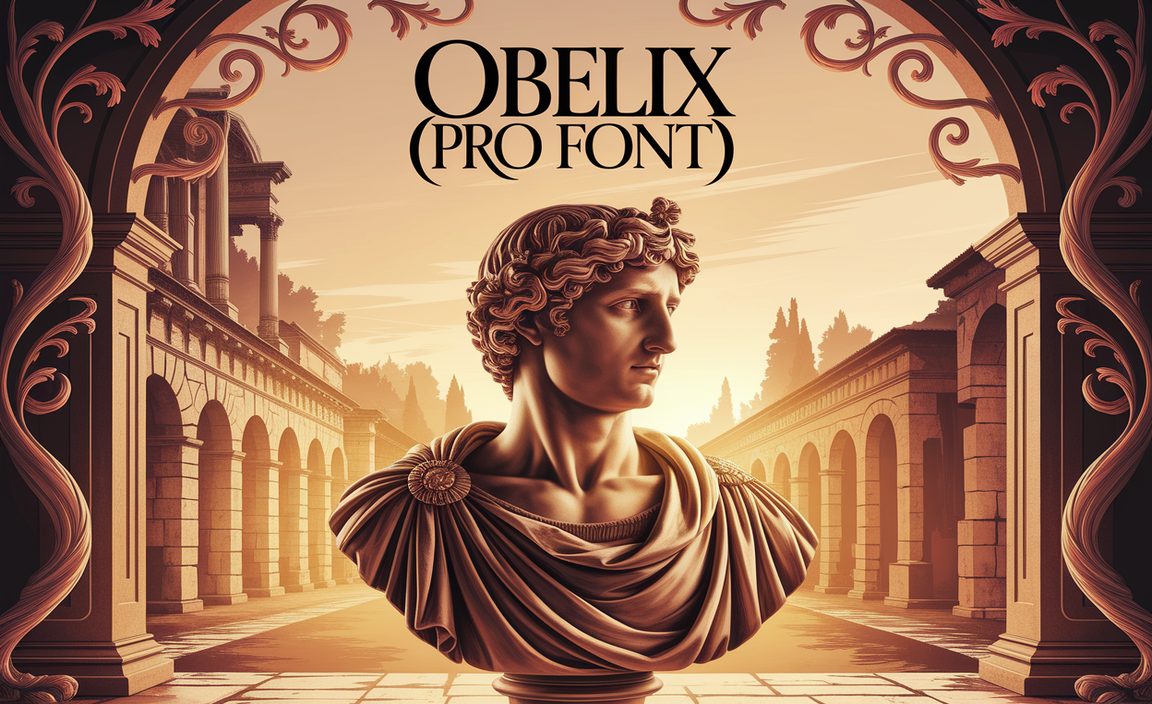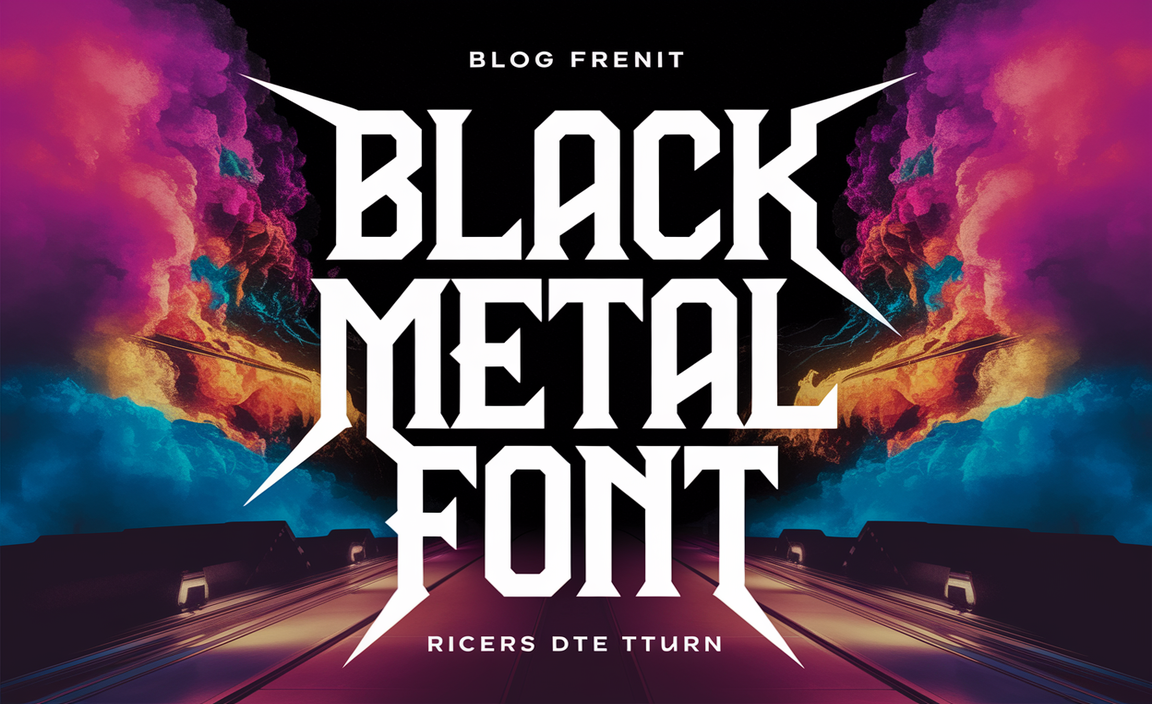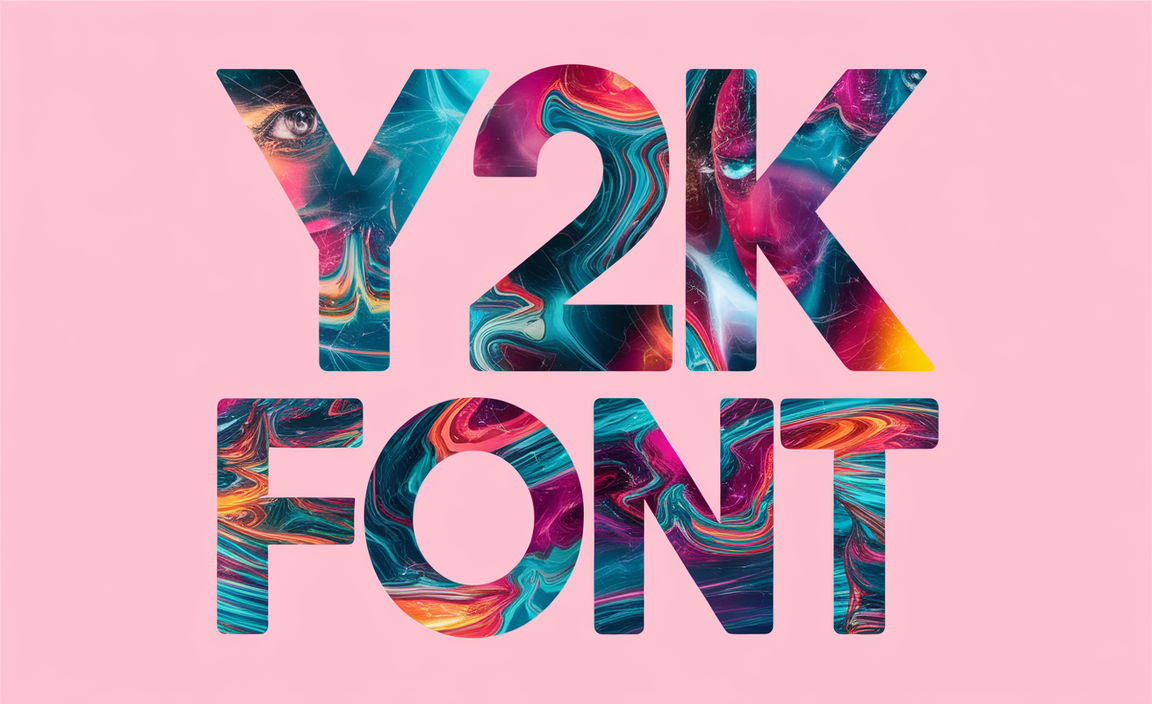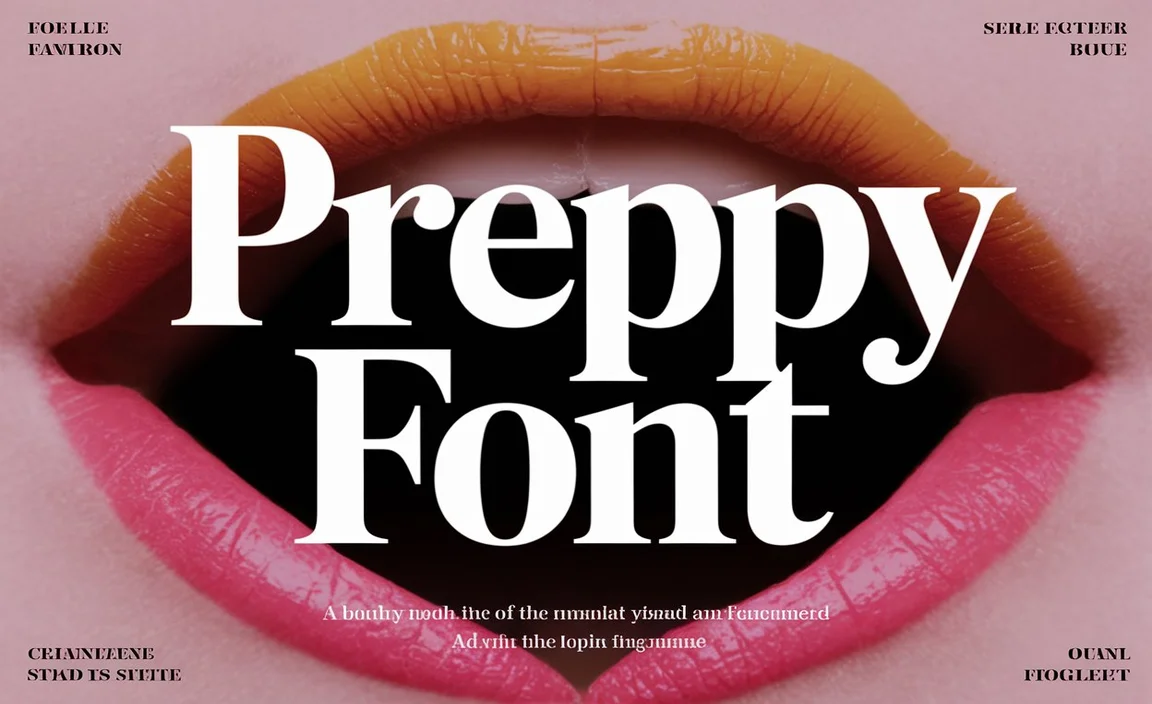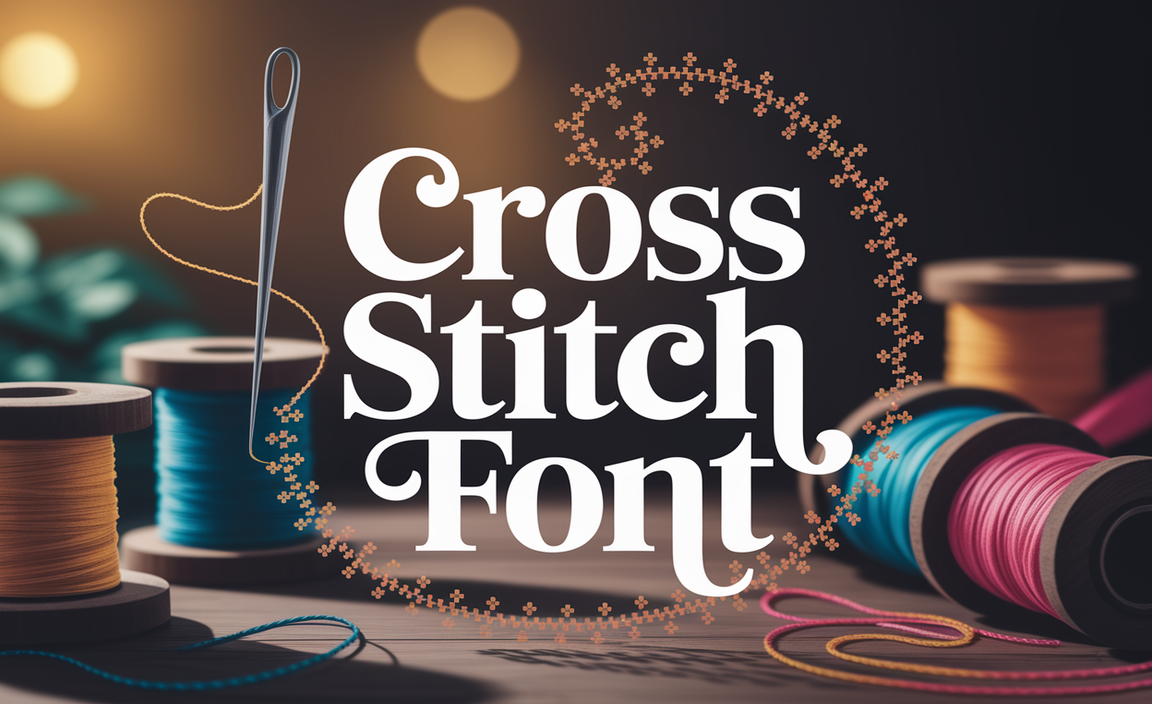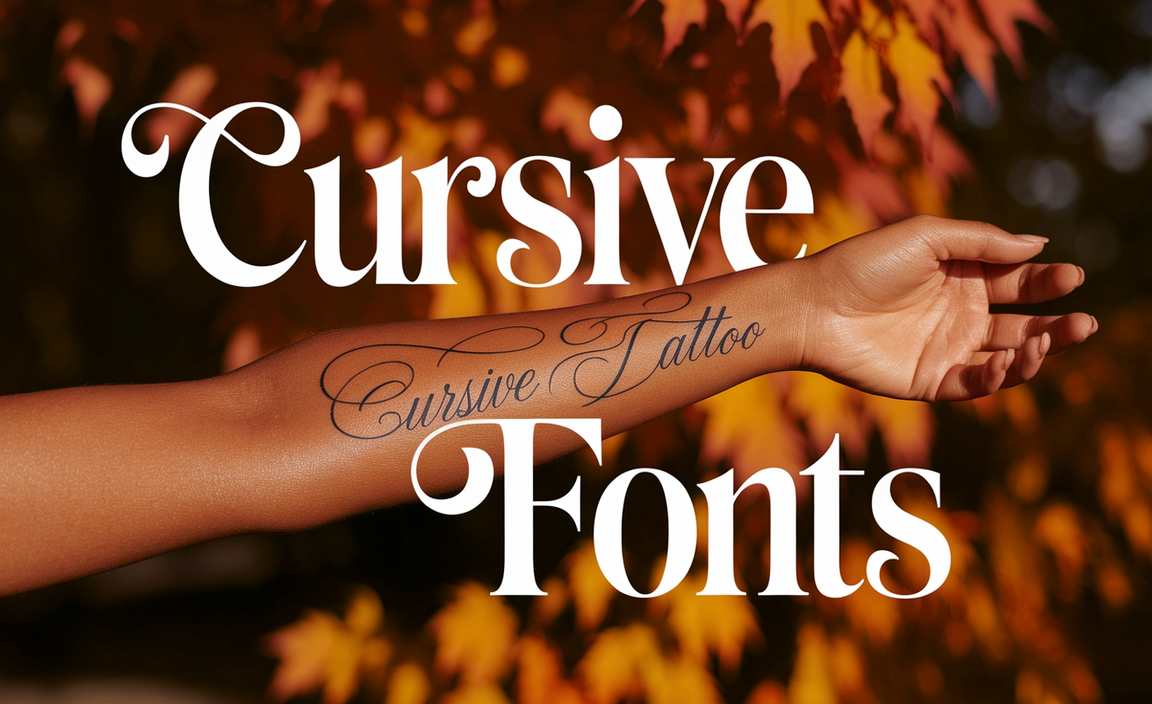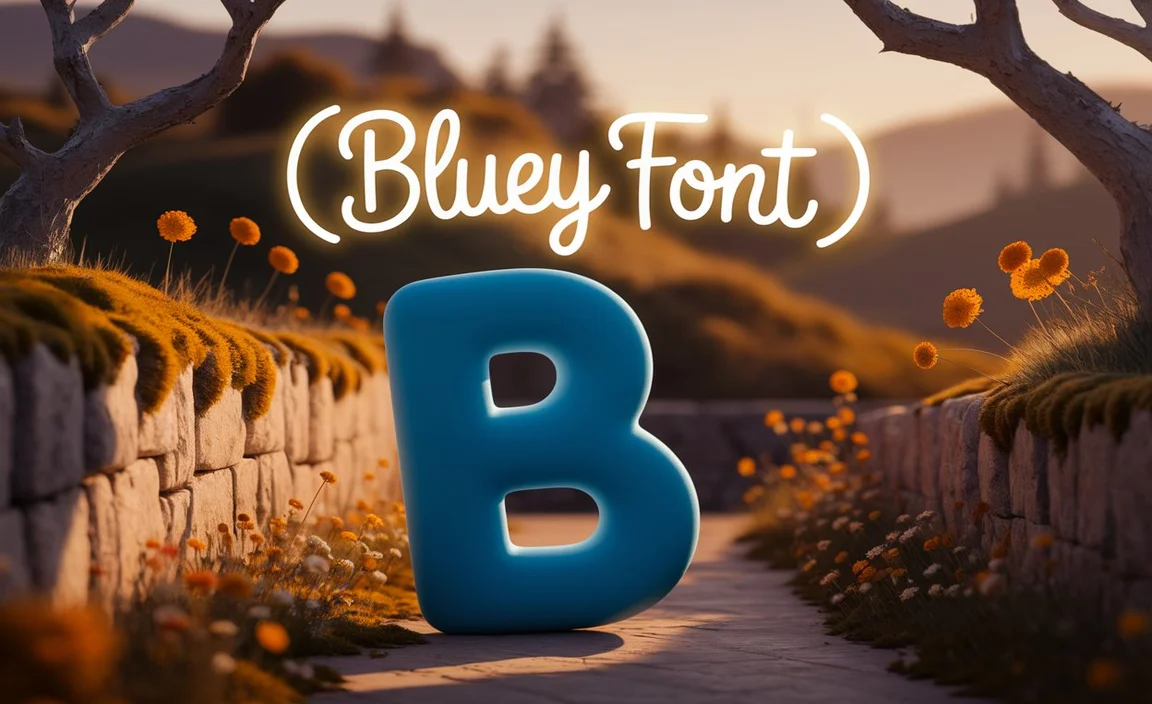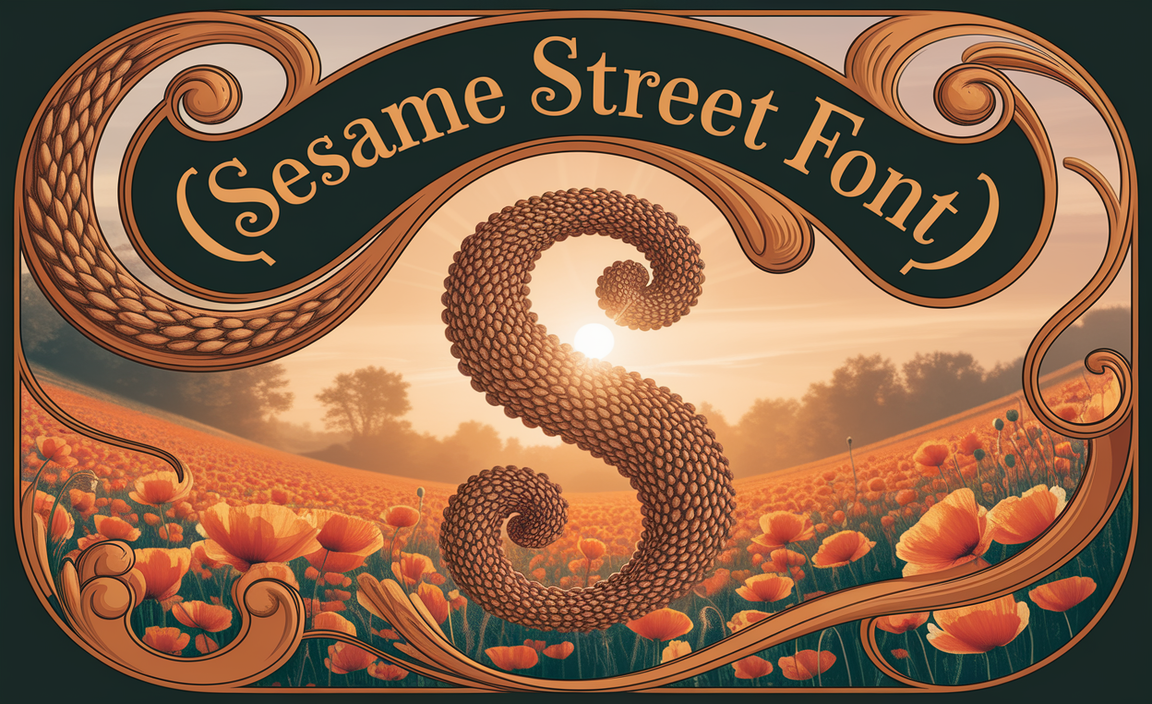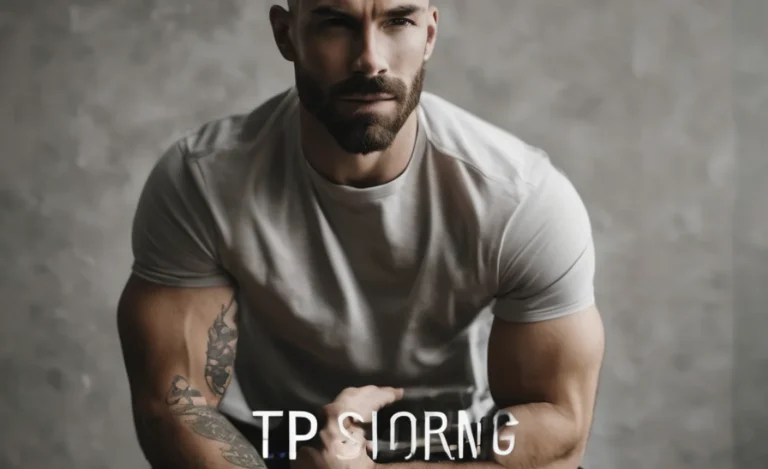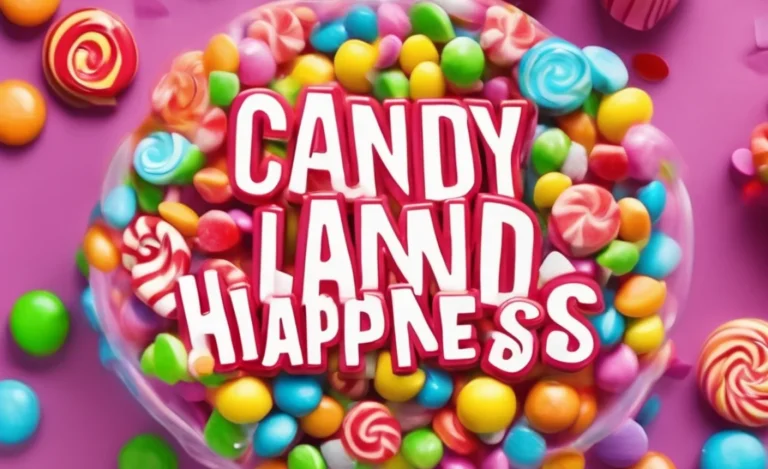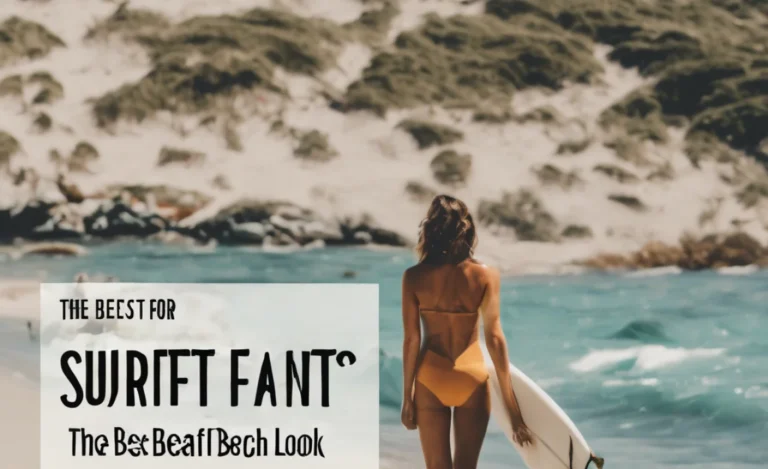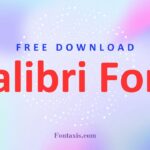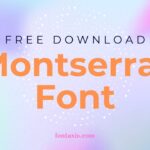Retro bubble fonts bring a groovy touch to any design. Whether you’re working on a logo, poster, merchandise, or social media graphics, these unique fonts help your projects stand out. Here are some wonderful retro bubble font ideas for using retro things best.
Differences Between Retro Bubble Fonts Vs Other Vintage Fonts
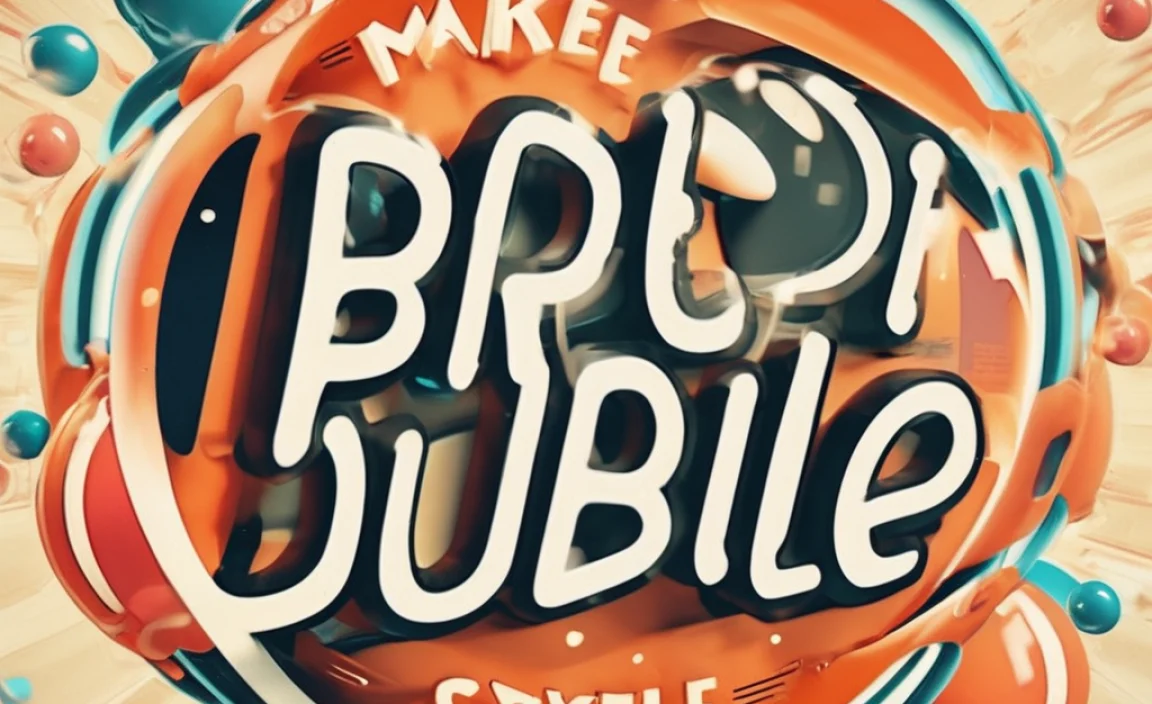
Retro bubble fonts have unique characteristics that set them apart from other vintage fonts:
| Feature | Retro Bubble Fonts | Other Vintage Fonts (Serif, Gothic, etc.) |
|---|---|---|
| Shape | Rounded, puffy, and soft | Often sharp, structured, or serifed |
| Style | Playful, bubbly, groovy | Classic, elegant, or decorative |
| Usage | Posters, branding, social media | Editorial, books, formal print work |
| Era Influence | 1960s–1980s | 1920s–1950s or earlier |
Below are five of the best options that blend typography, creativity, and commercial use perfectly.
1. Miox
Designer: ViactionType
Font Family: 9 weights, including Thin, Regular, and Bold
Best for: Posters, packaging, logos, and print templates
Pairing Options: Works well with modern sans-serif fonts like Montserrat or playful scripts
Miox is a handwritten bubble font inspired by the retro style of the 70s. Its rounded letters and groovy vibe make it an excellent display font for branding, stickers, and social media graphics. With alternate glyphs and ligatures, it offers plenty of customization. While it’s fun and unique, the thinner weights may not be as legible in small sizes.
Pros: Multiple weights, alternate glyphs, versatile for various design elements.
Cons: Lighter styles may not be as bold for posters or large-scale designs.
2. Super Funky
Designer: All Super Font
Font Family: Single weight
Best for: T-shirts, typography-based designs, social media
Pairing Options: Pairs with bold sans-serifs like Poppins or Open Sans
Super Funky is a classic groovy font with thick, wavy strokes, making it a perfect font for retro-themed branding. The exaggerated curves and funky movement make it great for summer posters, fun packaging, and typography-heavy templates. However, its single weight might limit versatility in layered designs.
Pros: Bold and fun, great for headlines and display typography.
Cons: Lacks variety in weights.
3. Fanky Bubble
Designer: Unknown
Font Family: Regular, Outline, Shadow
Best for: Logos, advertisements, stickers, merchandise
Pairing Options: Complements brush script fonts like Pacifico or retro serif fonts
Fanky Bubble brings a mix of nostalgia and modern creativity. Its layered styles. Regular, Outline, and Shadow allow designers to create 3D effects, making it a strong choice for typography-based designs. However, due to its playful style, it may not be suitable for formal branding.
Pros: Three styles for versatility, suitable for various print and digital projects.
Cons: May not be ideal for professional business logos.
4. Boogie Boys
Designer: Onne Hermaone
Font Family: Regular weight
Best for: Retro-style business branding, album covers, promotional materials
Pairing Options: Works well with classic 70s-style fonts and handwritten script fonts
Boogie Boys is a stylish retro bubble font that embodies the essence of 60s and 70s advertising typography. The letters are rounded yet bold, giving any new design a nostalgic yet modern feel. It’s ideal for branding, but since it has only one weight, it lacks flexibility in large-scale applications.
Pros: Stylish and classic, easy to use in various design elements.
Cons: Limited to a single style.
5. Super Woobly
Designer: All Super Font
Font Family: Single weight
Best for: Apparel design, promotional materials, creative packaging
Pairing Options: Complements structured sans-serif fonts for balance
Super Woobly is another bubble-style display font that stands out with its bouncy, uneven letterforms. This makes it great for designs that need a quirky, hand-drawn feel. However, the irregular letter spacing might not be ideal for body text.
Pros: Fun, hand-drawn aesthetic, great for merchandise and social media.
Cons: Not ideal for long-form text or structured designs.
FAQs
What Makes A Font “Retro Bubble” Style?
Retro bubble fonts are characterized by rounded, puffy letters reminiscent of the 60s and 70s, often used in psychedelic posters and vintage advertisements.
Can I Use These Fonts For Commercial Projects?
Most fonts listed here are free for personal use but may require a commercial license. Always check the font’s licensing terms before using it for business.
Which Font Is Best For Logos?
Miox and Fanky Bubble are great choices for logos due to their versatility and unique styling.
Can These Fonts Be Used In Canva?
Yes, if the font file is compatible with Canva, you can upload and use it for design projects.
How Do I Pair Bubble Fonts With Other Styles?
Bubble fonts pair well with simple sans-serif fonts like Montserrat or structured script fonts like Pacifico to balance their playful nature.
Are These Fonts Suitable For Print Materials?
Yes! These fonts work well for posters, merchandise, packaging, and print-based projects, especially when used for headlines and decorative elements.
What Are The Key Factors To Consider When Designing A Retro Bubble Font Poster?
Consider bold colors, large text sizes, high contrast, and playful letter spacing to enhance the groovy and nostalgic effect.
What Are The Best Techniques For Adding Depth To Retro Bubble Font?
Using shadow layers, 3D effects, gradients, and outlines can add depth and make the text pop in design projects.
What Are The Best Practices For Pairing Retro Bubble Font With Other Fonts?
Pairing with clean sans-serif fonts or simple script fonts ensures readability and balance while maintaining the retro aesthetic.
What Are The Common Mistakes To Avoid When Using Retro Bubble Font?
Avoid using overly complex backgrounds, excessive text, and poor contrast, which can reduce legibility and impact.

